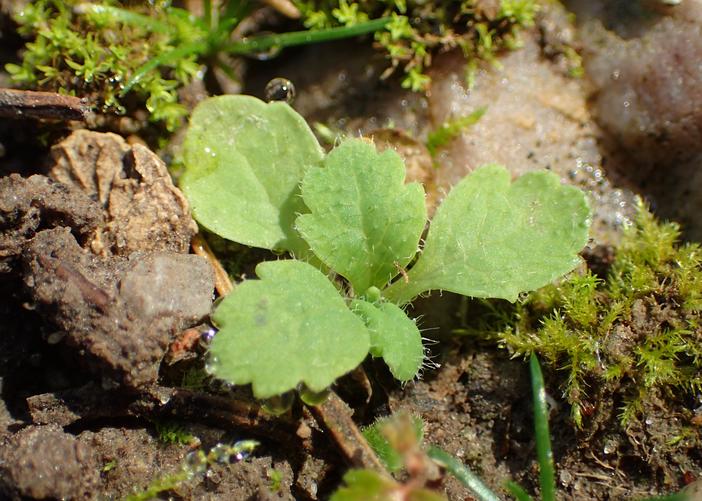Hairy Poppy
(Papaver pilosum)
Hairy Poppy (Papaver pilosum)
/
/

Krzysztof Ziarnek, Kenraiz
CC BY-SA 4.0
Image By:
Krzysztof Ziarnek, Kenraiz
Recorded By:
Copyright:
CC BY-SA 4.0
Copyright Notice:
Photo by: Krzysztof Ziarnek, Kenraiz | License Type: CC BY-SA 4.0 | License URL: https://creativecommons.org/licenses/by-sa/4.0 | Uploader: Kenraiz | Publisher: Wikipedia Commons




Estimated Native Range
Summary
Papaver pilosum, commonly known as Hairy Poppy, is a deciduous perennial herb native to the rocky and open scrublands of Turkey. It reaches a height of 2 feet (0.6 meters) and a width of 0.9 feet (0.3 meters). The plant is characterized by its hairy foliage and stems, which give it its common name. The Hairy Poppy blooms in summer, producing showy, solitary orange flowers with a dark center, each flower lasting only a few days before shedding petals. The flowers are followed by distinctive seed pods that are also of ornamental interest.
The Hairy Poppy is valued for its vibrant orange blooms that add a splash of color to garden settings. It is suitable for rock gardens, borders, and wildflower meadows where its drought tolerance and ability to thrive in poor soils are advantageous. While it prefers part shade, it can also tolerate full sun if the soil remains moist. The plant is relatively low-maintenance, requiring minimal watering once established and well-drained soil to prevent root rot. There are no widely known cultivars of this species, but its natural form is quite appealing in cultivation. Potential problems include susceptibility to slugs and snails, which may damage young plants.CC BY-SA 4.0
The Hairy Poppy is valued for its vibrant orange blooms that add a splash of color to garden settings. It is suitable for rock gardens, borders, and wildflower meadows where its drought tolerance and ability to thrive in poor soils are advantageous. While it prefers part shade, it can also tolerate full sun if the soil remains moist. The plant is relatively low-maintenance, requiring minimal watering once established and well-drained soil to prevent root rot. There are no widely known cultivars of this species, but its natural form is quite appealing in cultivation. Potential problems include susceptibility to slugs and snails, which may damage young plants.CC BY-SA 4.0
Plant Description
- Plant Type: Herb
- Height: 1.5-2 feet
- Width: 0.675-0.9 feet
- Growth Rate: Moderate
- Flower Color: Orange
- Flowering Season: Summer
- Leaf Retention: Deciduous
Growth Requirements
- Sun: Full Sun, Part Shade
- Water: Low
- Drainage: Medium, Fast
Common Uses
Bee Garden, Bird Garden, Butterfly Garden, Deer Resistant, Drought Tolerant, Hummingbird Garden, Low Maintenance, Rabbit Resistant, Showy Flowers
Natural Habitat
Rocky and open scrublands of Turkey
Other Names
Common Names:
Scientific Names: , Papaver pilosum, Papaver schinzianum, Papaver olympicum, Papaver villosum,
GBIF Accepted Name: Papaver pilosum Sm.